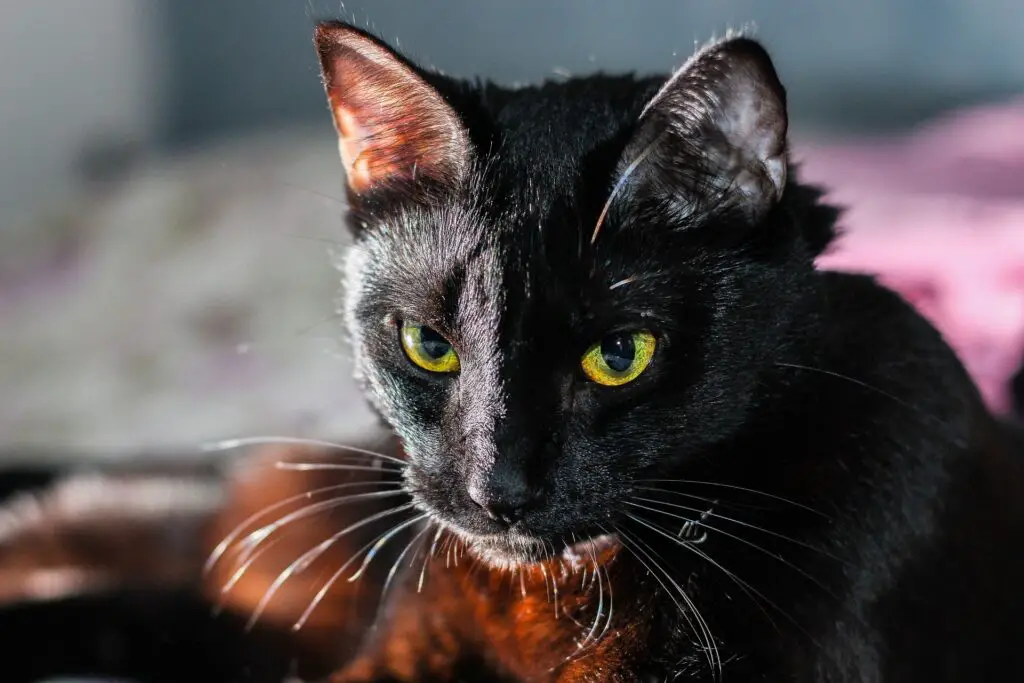
When it comes to understanding our feline friends, it can often feel like we’re trying to decipher a foreign language.
Cats have their own unique way of communicating, and sometimes it can be tough to figure out exactly what they’re trying to tell us.
But with a little bit of knowledge about cat behavior and body language, you’ll be able to understand your cat better and build a stronger bond with them.
First off, let’s talk about the basics of cat communication.
Cats communicate through a variety of different methods, including vocalizations (like meowing or purring), scent marking, and body language.
Of these, body language is probably the most important for understanding what your cat is trying to tell you.
One of the first things to understand about cat body language is that it can be very subtle. Cats are natural predators, and in the wild, showing vulnerability could mean the difference between life and death.
So, when communicating with other cats or with us, they tend to keep their body language as subtle as possible. This can make it a bit tricky to interpret, but with a little bit of practice, you’ll be a pro in no time.
One of the most obvious ways that cats communicate is through their tails. A cat with a straight, upright tail is usually feeling confident and happy.
On the other hand, a tail that’s fluffed out or twitching rapidly might indicate that the cat is feeling anxious or threatened.
The same is true of ears: ears that are upright and forward facing usually indicate that a cat is alert and interested, while ears that are flattened against the head might mean that the cat is feeling scared or stressed.
Another important aspect of cat body language is their eyes. Cats have a unique ability to make their eyes appear larger or smaller, depending on their mood. When a cat’s pupils are dilated, it usually means that they’re excited or feeling threatened.
On the other hand, when a cat’s pupils are constricted, it usually means that they’re feeling relaxed or content. So if you notice your cat’s pupils change, it’s a good idea to take a closer look at their body language to see what might be going on.
Cats also use their fur to communicate. When a cat is feeling relaxed, their fur will usually lie flat against their body.
However, if a cat is feeling threatened or anxious, their fur will begin to stand up, making them appear bigger and more intimidating. Additionally, cats will sometimes fluff out their fur when they’re feeling cold.
When it comes to feline vocalizations, meowing is one of the most well-known.
Adult cats typically don’t meow at other cats, they do it to communicate with humans. Kittens meow to their mothers, but adults use it as a way to communicate to us humans.
Depending on the tone, a meow can indicate a cat is hungry, wants to be petted, or is feeling lonely. Purring on the other hand indicates contentment and relaxation.
Lastly, scent marking is another important way that cats communicate.
Cats have scent glands in their faces, paws, and tails, and they use these to mark their territory. If you notice your cat rubbing their face against you or an object, it’s likely that they’re marking it with their scent to claim it as their own.
Conclusion
Cats may be mysterious creatures, but with a little bit of knowledge about cat behavior and body language, you’ll be able to understand them better and build a stronger bond.
Remember that cats communicate in subtle ways, so take time to observe and understand your feline friend.
They may not be able to speak our language, but they sure have a way of speaking to us.
Lee Harris
Latest posts by Lee Harris (see all)
- Homemade Cat Cookies: A Purr-fect Treat for Any Occasion - February 7, 2024
- Chic Feline Elegance: Crafting a Multi-Tiered Black Cat Cake - February 6, 2024
- Purr-fectly Delicious: Black Cat-Themed Donut Delight - February 5, 2024

